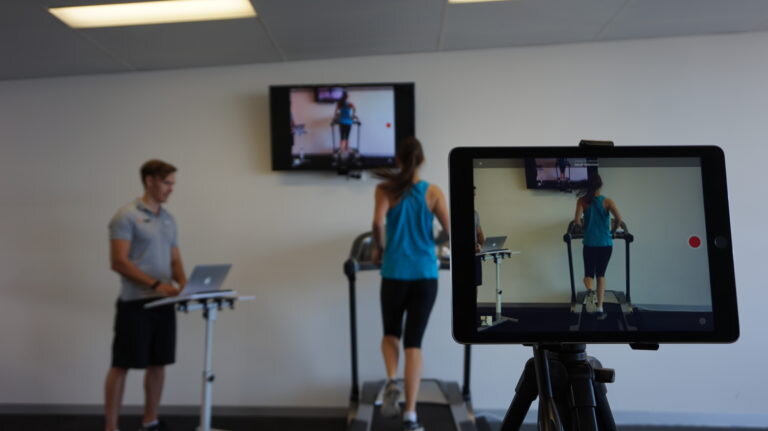Return to Running – How to beat running injuries with long term results.
Running is one of Australia’s favourite recreational activities due to convenience/affordability and we are lucky to have many great running tracks around the Cheltenham, Moorabin and Bayside areas. Unfortunately, the repetitive nature of the sport means that it is has one of the highest rates of injuries causing interruptions in training and leading to loss of conditioning.
According to Sports Medicine Australia:
Up to 70% of recreational and competitive runners sustain overuse injuries during any 12-month period.
42% of all running injuries are to the knee, followed by 17% to the foot/ankle, 13% to the lower leg and 11% to the hip/pelvis.
Overuse injuries can occur from training errors (running frequency, duration, distance, speed and lack of leg strength and flexibility) and inappropriate surfaces, terrain and footwear.
Overuse injuries, as a result of training errors, are more common than acute injuries such as ligament and muscle sprains and strains.
The most common overuse injuries are patellofemoral pain syndrome (runner’s knee), iliotibial band friction syndrome, plantar fasciitis, meniscal injuries, tibial stress syndrome and patellar tendinopathy.
At the Injury Rehab Centre we take a holistic approach to the treatment of running injuries such as plantar fasciitis etc in a way that not only aims to get symptomatic relief but also to create long standing change to reduce the risk of re-occurrence.
Fundamentally most overuse injuries occur because something is wrong with the way we run, causing too much stress and strain to an area resulting in pathology.
Our comprehensive history taking and assessment process means that we get to the bottom of what the issue might be. This process utilises slow motion running gait analysis, our very own Movement Assessment Tool (M.A.T) for measuring muscle and jint flexibility and control, as well as muscle strength testing using Force Plate technology and traditional Physiotherapy and Osteopathy examinations.
Next our treatment process aims to achieve symptomatic relief by using hands on Physiotherapy and Osteopathy techniques such as soft tissue massage, joint manipulation, articulation and stretching techniques including the use of the True Stretch system.
Finally your management plan will involve an individualised training plan to build your running movement capacity (muscle strength, stamina, specific flexibility) as well the competency in other directions of movement.
One of the biggest problems many runners face is that the sport is so repetitive in one direction of movement. This lack of variability can be a big factor in the origin of many overuse injuries such as patellofemoral pain syndrome, iliotibial band friction syndrome, plantar fasciitis. By creating competency in moving in other directions we give runners more movement options to utilise to offload these areas when running for extended periods of time.
If you or someone you know suffers from a running related injury book your appointment online to start your Return to Running journey today.


